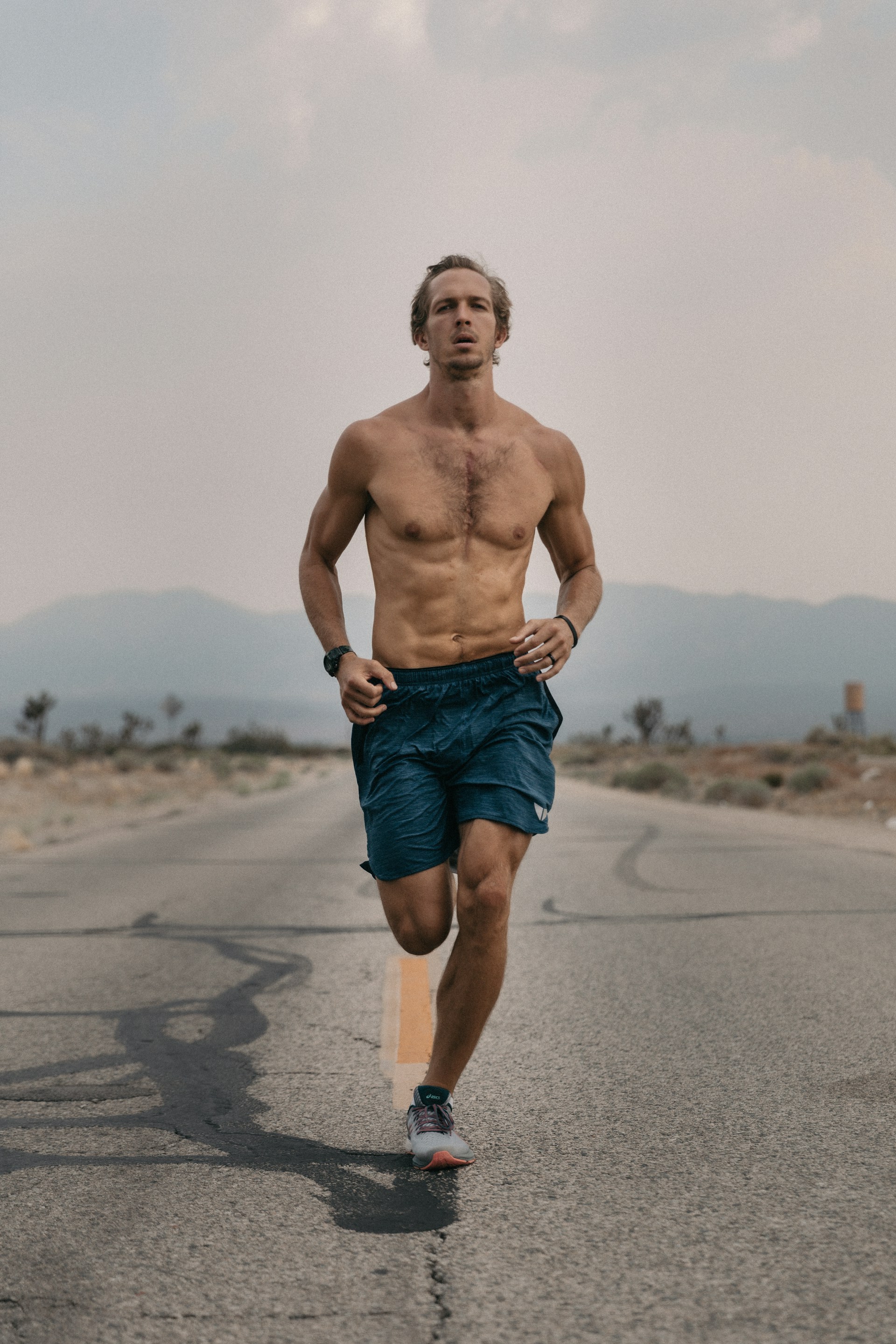We all want to stay feeling vibrant and energized rather than tackling the many challenges that tend to come along with aging. They say, ‘You’re only as young as you feel,’ and people enjoy running because it improves the quality of life, releases feel-good endorphins, increases athletic performance, and more. A new study shows how you can slow down aging by changing this one thing while running. Let’s look at the study results.
The study

Researchers from Edith Cowan University in Australia revealed that traveling to a new location could counteract premature aging and enhance general health. Visiting novel environments promoted social interaction, physical activity, and more.
Active tourism refers to the act of traveling while being active, such as rucking, hiking, climbing, cycling, and running. The researchers applied the ‘theory of entropy’ to tourism and found that you don’t necessarily have to travel abroad or somewhere far away to experience positive results; simply visiting a nearby town delivered health benefits and helped encourage a fresh perspective.
Find somewhere new to run

You could try joining a running club or a race through another town. There are plenty of running clubs, races, and hiking and running trails to explore. Even turning down a different street can bring a whole new flavor to your run.
The takeaway

Running already provides numerous benefits, but running in a different place might just be the perfect way to shake up your routine and keep you motivated.
You can’t turn back time, but you can slow down the effects of aging and keep yourself feeling healthier and more vibrant by running somewhere new or somewhere interesting you haven’t been in a while. The great outdoors is vast and ripe for exploration.




